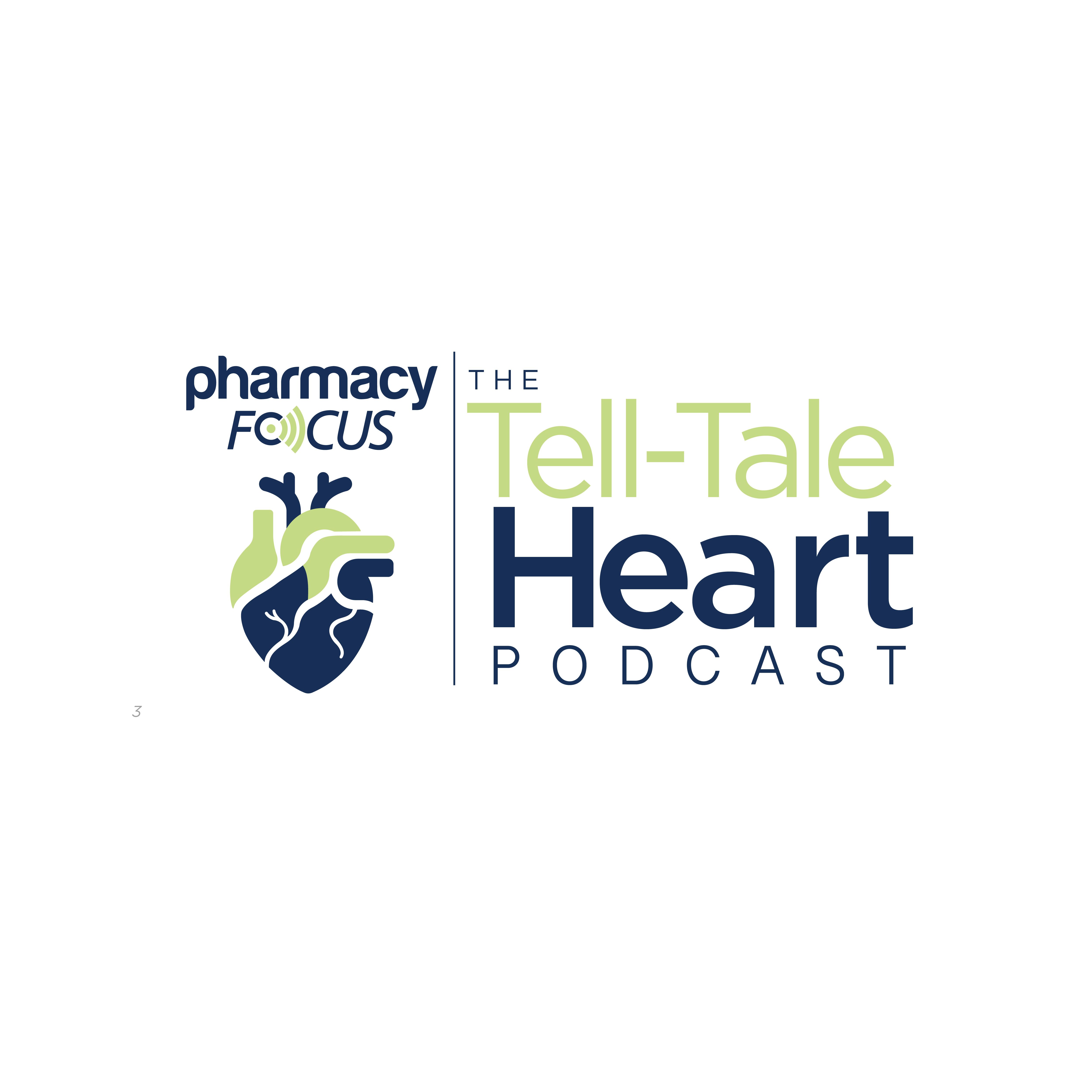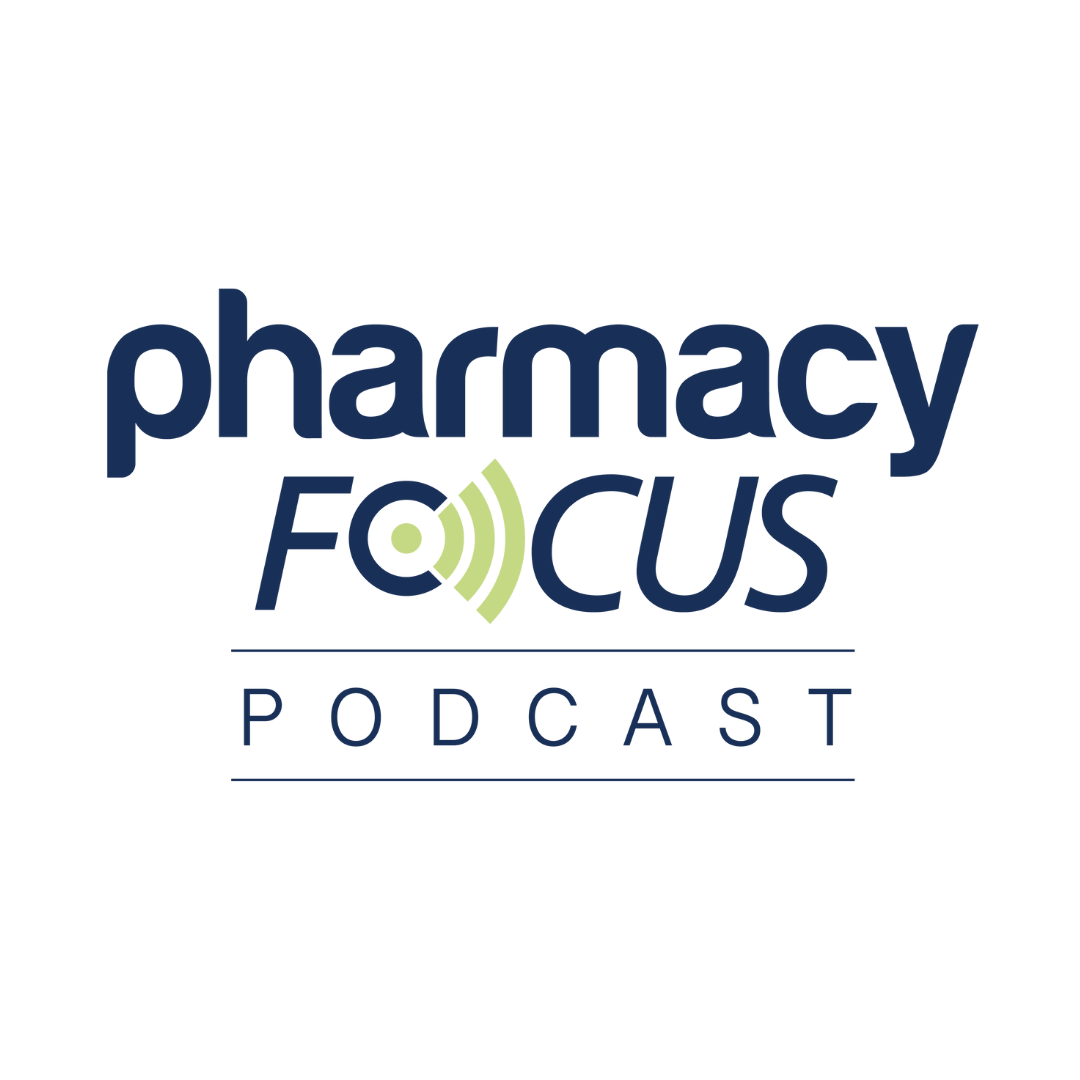News
Article
Study Reveals Impact on Utilization and Cost of Point-of-Sale Diagnosis Verification of GLP-1s
Author(s):
Key Takeaways
- Automated point-of-sale systems for GLP-1 receptor agonists can streamline medication access and reduce administrative burdens compared to traditional methods.
- The study showed a smaller increase in medication utilization and costs in the diagnosis code group compared to the control group.
Automated diagnosis verification offers a promising alternative for managing the use of GLP-1 medications.
New research conducted by Navitus Health Solutions investigates the effectiveness of an automated point-of-sale system for verifying diagnoses for glucagon-like peptide-1 (GLP-1) receptor agonists among individuals with type 2 diabetes mellitus (T2DM). In the study, researchers compare this automated approach to traditional utilization management strategies, analyzing pharmacy claims data to assess its impact on medication utilization, costs, and patient access.1
Image credit: TensorSpark | stock.adobe.com

GLP-1 medications function by attaching to GLP receptors, which activates the GLP-1 hormone’s natural effects. Increasing the dosage of these agonists results in a corresponding increase in the intensity of these effects, according to Cleveland Clinic.2
The injections are noted as first-line therapies to treat T2DM, indicated to slow digestion and regulate appetite. More recently, GLP-1s have demonstrated significant reductions in weight loss, leading to their increased use for weight management.1 Semaglutide (Wegovy, Ozempic), liraglutide (Saxenda, Victoza), dulaglutide (Trulicity), and tirzepatide (Mounjaro, Zepbound) are commonly prescribed GLP-1s for individuals struggling with overweight or obesity.2
Traditional medication management typically relies on prior authorizations, causing delays in patients receiving necessary medications. The growing use of GLP-1 medications for T2D and weight management has furthered the burden on existing resources due to the high volume of authorization requests, especially for unapproved or non-covered uses, according to authors in the release.1
To address prior authorization challenges for GLP-1s, an automated point-of-sale system was implemented, requiring pharmacies to submit International Classification of Diseases (ICD) diagnosis codes with claims for T2DM. The current comprehensive study examined this new approach, which was launched on October 1, 2022, with a 3-month transition period. The study authors noted that during the transition, existing users’ claims were paid without diagnosis codes, but afterward, they became mandatory for payment.1
Claims data from a total of 297,514 unique members were analyzed, comparing an intervention group of 233,747 members enrolled in health plans that required a diagnosis code to a control group of 63,767 members enrolled in plans without requirements.1
The results demonstrated that the diagnosis code group reported a minimal increase in utilization, from 1.36% to 1.45% in over 12 months. However, the control group experienced a significant increase from 4.11% to 6.80% in over 12 months. Regarding cost, the diagnosis code group saw a 15% increase in per-member-per-month compared to 79% in the control group.1
Additionally, the study assessed how the new system impacted patients’ access to medications. Of the claims initially denied because of the missing diagnosis codes, 45% were later approved once the correct documentation was provided. Following the approval of the claims, 78.3% were processed within 1 day and 89.6% were processed within 4 days of the initial rejection.1
However, the study authors highlight a lack of data around baseline differences between the intervention and control groups as a limitation in the study, ultimately impacting GLP-1 utilization. The short duration of the 12-month study also provides limited data into the long-term effects of the diagnosis code requirement.1
“This study demonstrates that technological solutions can effectively balance cost control, appropriate utilization, and patient access while reducing the administrative burden on providers and payers. As medication costs continue to rise and new therapeutic options emerge, effective approaches for benefit management such as this will become increasingly valuable to all healthcare stakeholders,” said the study authors in the new release.1
The findings suggest that automated diagnosis verification offers a promising alternative for managing the use of GLP-1 medications, especially where confirming the diagnosis is the primary goal of utilization management.1






